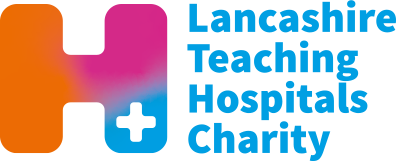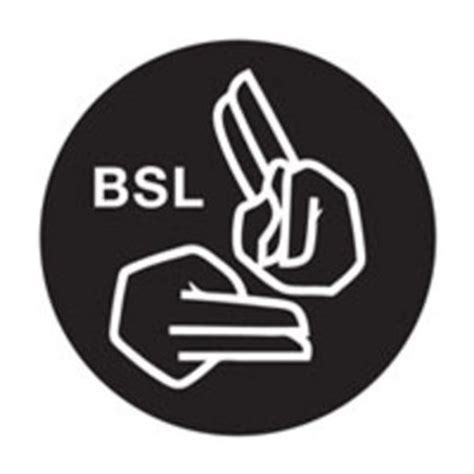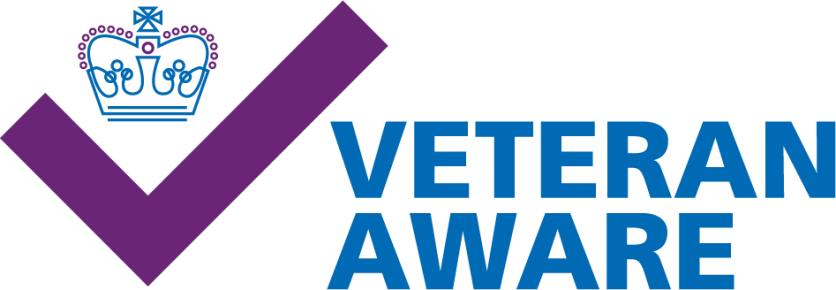Radiotherapy at Rosemere Cancer Centre
Contact Us
Reception: 01772 522923
Transport: 01772 522295 - 01772 522901
Macmillan: 01772 523709
Appointments: 01772 522931
Radiotherapy
Radiotherapy is a specialised cancer treatment that uses carefully measured doses of radiation. It is delivered by highly trained Radiographers using advanced machines called linear accelerators.
Our Radiographers and planning team work closely with your Consultant to plan and provide your treatment.
You can learn more about this process in our Radiotherapy Patient Journey Section
Radiotherapy uses high-energy X-rays to target and treat cancer. These beams are directed at the specific area being treated, damaging the cells there. While healthy cells can recover from this damage, cancer cells cannot.

The goal of radiotherapy is to eliminate cancer cells in the treated area, reducing the chance of the cancer returning or slowing its progression. The treatment itself is painless. For more details about specific types of radiotherapy, please refer to our information leaflets
Where to Find Us
The Radiotherapy Department is located in the Rosemere Cancer Centre, near to the hospital's helipad and opposite staff car park M.
For patients attending radiotherapy, car parks A and B are typically the most convenient.
These car parks are on either side as you drive into the hospital’s main entrance.
Most patients can drive themselves to and from their appointments.
However, hospital transport is available if you need assistance with travel.
Please contact us for more information about this service.

Department Information
Our department is open from 07:45 to 19:00, Monday to Friday,
with appointments available from 08:00 to 18:15.
Appointment times may be extended if a machine is undergoing maintenance. If you are using the hospital transport service appointments may only be available mornings until mid-afternoon.
There are several waiting areas, and you will be asked to wait near the machine assigned for your treatment each day.
If there are any delays, staff will keep you informed through our department TV screens.
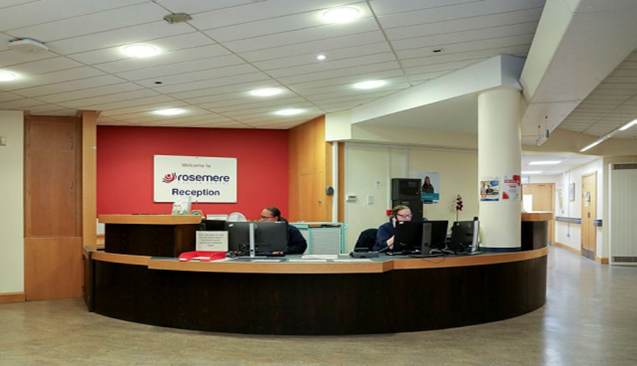
The Reception at Rosemere Cancer Centre. This is where you can check in for your appointments.

While you wait, you will find water fountains throughout the department, and the Rosemere Coffee Shop is nearby, offering snacks and drinks from 08:30 to 16:00. The coffee shop is run by volunteers and provides a welcoming space for patients and visitors.
The Rosemere Coffee Shop is located in the radiotherapy waiting room. Its opening hours are 8:30-16:00.
Frequently Asked Questions
Will I be radioactive?
No, you will not be radioactive after your radiotherapy treatment. It is completely safe for you to be around pregnant individuals and children.
Can I eat and drink before my treatment?
Yes, you can eat and drink as usual before your radiotherapy. Some patients may need to do specific preparation, such as drinking water before their appointment, but you will be informed if this applies to you.
What time are my appointments?
You will receive a complete schedule of your appointments on your first treatment day. Our department is open from 07:45 to 19:00, Monday to Friday, with appointments typically between 08:00 and 18:15. This may be extended if a machine is undergoing maintenance.
Macmillan Support
A Macmillan Centre is located near our department and is open Monday to Friday, 9:00 am to 4:00 pm. This drop-in centre provides high-quality information and support for those affected by cancer, including discussions about diagnoses or practical matters. A benefits surgery is also available once every two weeks.
For more information, please visit our Macmillan page.
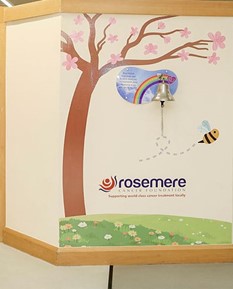
The end-of-treatment bell is available for patients to ring as a way to mark the completion of their radiotherapy journey.

